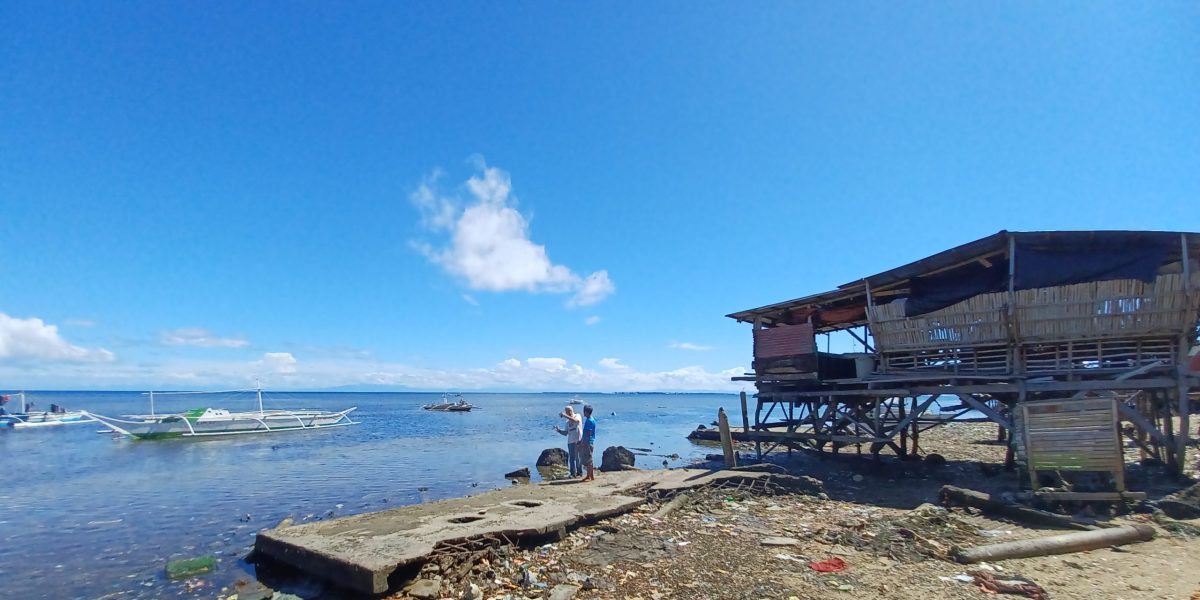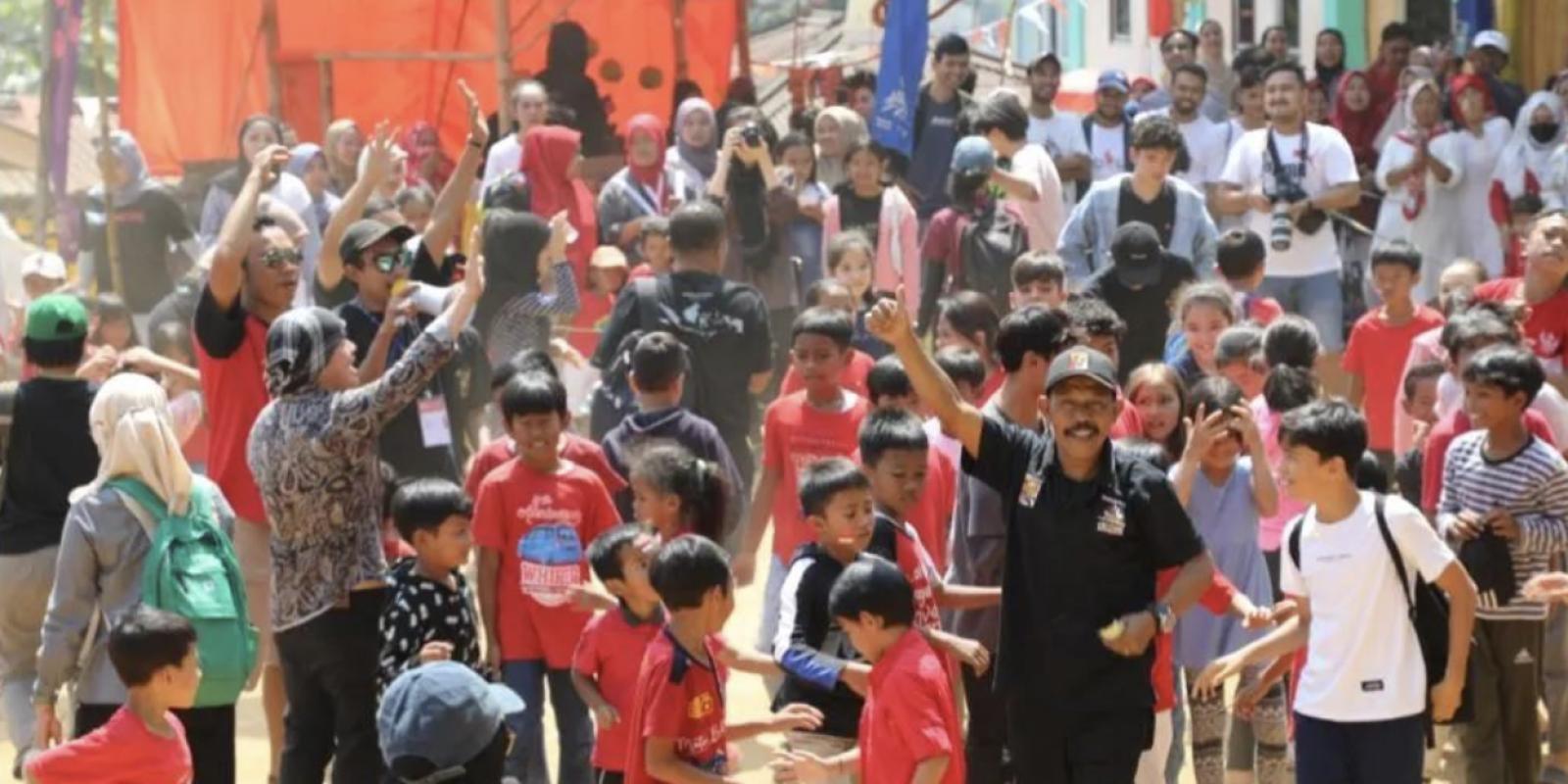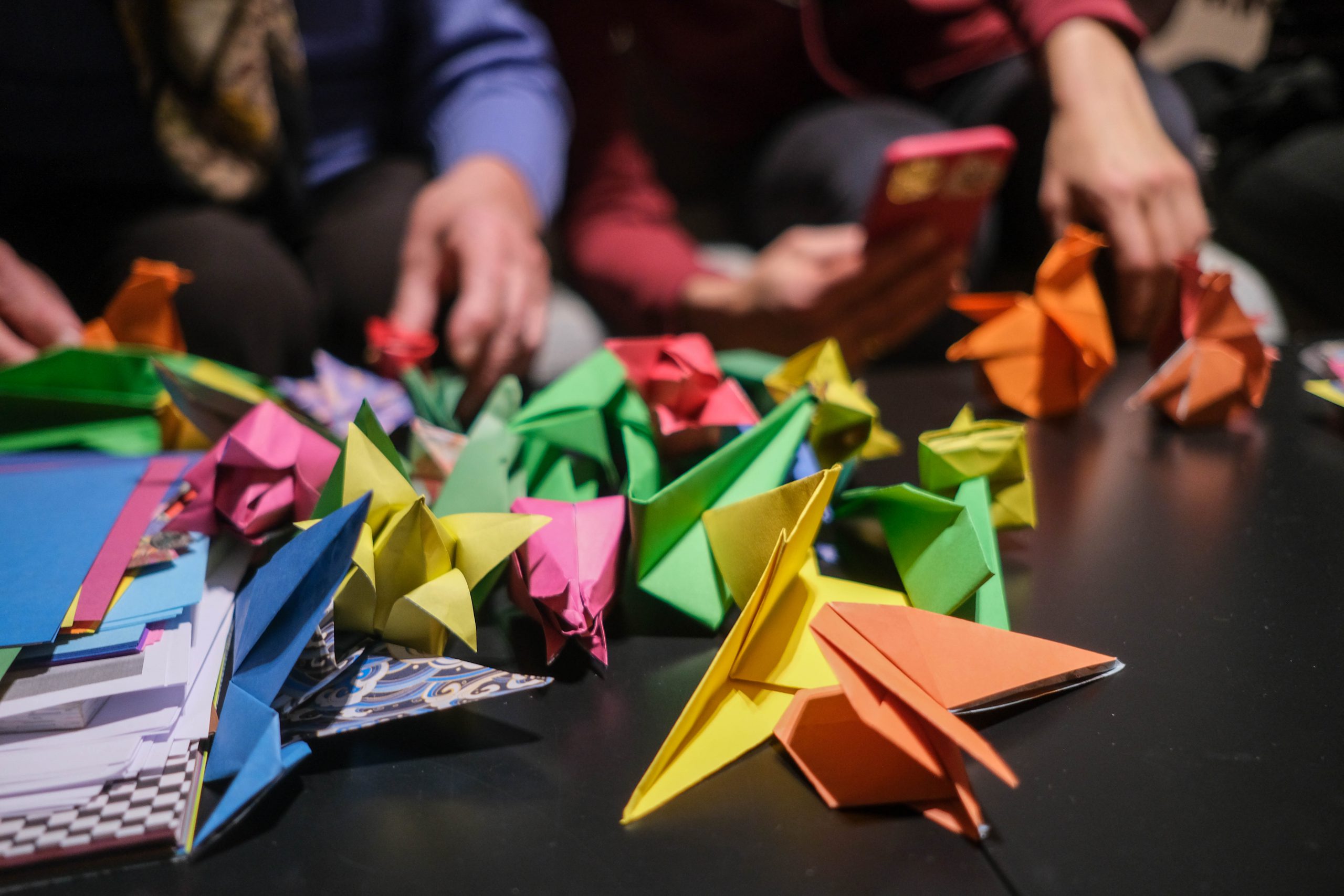Change the Tide: Salah Mongso
12 April 2024|Chloe Gunther

Three communities – two in Indonesia and one in the Philippines – are on the frontlines of climate change in the Asia Pacific Region. Both countries on the list of top 20 countries most impacted by climate change-related weather events, Indonesia (ranked 14th) and the Philippines (ranked 17th), are highly exposed to rising sea levels and other climate risks.
The JRS Asia Pacific Regional team is present in Australia, Cambodia, Indonesia, Malaysia, the Philippines, Singapore, and Thailand, responding to conflict and climate change-related displacement. In July 2023, JRS launched the Research and Advocacy for Climate Policy and Action project (RACPA), a five-year initiative in partnership with Caritas Australia, supported by the Australian Government through the Australian NGO Cooperation Program.
The project focuses on the adaptive responses of communities facing a high risk of internal displacement due to climate change and disasters. It is implemented by JRS Asia Pacific together with the Institute of Environmental Science for Social Change in the Philippines and the Institute for Social Research, Democracy and Social Justice in Indonesia who are on the ground working with affected communities.
Cathy Torres, Project Manager of RACPA, sat down to share about the experiences of the people she accompanies and the team’s research findings so far.
INDONESIA:
Tambakrejo is a small, coastal village in Semarang City, Central Java, Indonesia. There, RACPA is works with six hamlets to understand what motivates some people to leave Tambakrejo and what makes others stay as climate conditions worsen.
Based on projections from the Climate Center, at least two of the hamlets will be underwater by 2050.
 The other Indonesian village, Wonoagung, was once a small farming community. With generations of farmers and a wealth of knowledge about the seasons, this community felt the impacts of climate change before weather reports or research analysis.
The other Indonesian village, Wonoagung, was once a small farming community. With generations of farmers and a wealth of knowledge about the seasons, this community felt the impacts of climate change before weather reports or research analysis.
They refer to climate change as “salah mongso,” Cathy said, which translates to “the wrong season.”
Soil salinization due to rising sea levels has forced this farming town to shift to aquaculture. As some community members phrased it, they have gone “from planting rice to planting fish.”
Every year, usually from December to March, tidal flooding inundates streets and houses. Strong waves prevent the fishermen from going out to sea on their boats, further reducing people’s income.
In a sustainability project, a series of mangroves were planted to try to naturally prevent flooding. While this has mitigated some of the immediate flooding disasters, the sea water continues to rise quickly. Some of the villagers are skeptical the mangroves will be able to withstand water damage and protect their community.
THE PHILIPPINES:
Nocnocan Island is the homeplace of the third community and the only island community involved in the RACPA Project. Nocnocan Island is less than 10 acres in size and located in the Danajon Bank, one of only six double barrier reefs in the world.
 This community has experienced several climate related disasters, exacerbated by global warming, in the last decade including Typhoon Odette which destroyed or damaged over 75% of the homes and boats on Nocnocan in 2021.
This community has experienced several climate related disasters, exacerbated by global warming, in the last decade including Typhoon Odette which destroyed or damaged over 75% of the homes and boats on Nocnocan in 2021.
Two years later, Cathy said the community still gets teary eyed and anxious recounting the experience of the typhoon.
Through these conversations, the RACPA team met an impactful couple: Nong Pedro and Nay Josie, who shared their story.
Nong Pedro and Nay Josie have lived in Nocnocan most of their lives. They met in another province and decided to move to the island when they got married. This is where they built their livelihoods and raised their eight children. Although the couple’s children have moved away to places as close as Manila and as far as Canada, the couple does not want to leave even as they continue to experience severe, climate related disasters.
In 2013, Typhoon Haiyan struck while two of Nong Pedro and Nay Josie’s children were working at a resort. One son survived, withstanding a head injury. The other son died, and his body has never been recovered.
Still, the couple have no plans to leave Nocnocan and have a strong sense of what the RACPA team calls “place dependence.” Nong Pedro is the island’s carpenter, and he takes pride in his work. He looks after the local chapel and Nay Josie stands by his side.
A priest visits the island to say mass once a month. On the other Sundays, Nong Pedro organizes a liturgy for the island’s Catholic believers. The chapel was also where many residents took shelter during Typhoon Odette.
“Nong Pedro’s story shows how complex the calculus could be for individuals, households and communities to move or stay in the face of climate change impacts,” Cathy said. He feels a strong sense of home and belonging on the physical land and a profound loyalty to the community he has cultivated and the life he and his wife have built there. 
“Initial findings of the survey conducted by our community researchers point to family ties and livelihoods, availability of resources, and attachment to place and community as some of the key factors people consider when deciding to leave or stay,” Cathy explained.
RACPA’s initial research findings align with what some scholars working on climate change and displacement have suggested, that human (im)mobility in the face of climate change can be plotted along two axes: one showing their aspiration or desire to move, the other showing their ability or capacity to move. This results in a continuum ranging from what sociologist Kerilyn Schewel has called acquiescent immobility, where people have neither the capacity nor the desire to move, to mobility, where people have both the capacity and the desire to move.
“The challenge, then, is for government and other stakeholders to meet these different groups of people where they are, and provide the particular support they need to either be able to relocate successfully or to adapt in place sustainably,” Cathy explained.
RACPA will continue to walk alongside these three communities to overcome this challenge in the next four years.
If you want to learn more about RACPA and the inspiring work of the JRS Asia Pacific Regional Office, click here.



